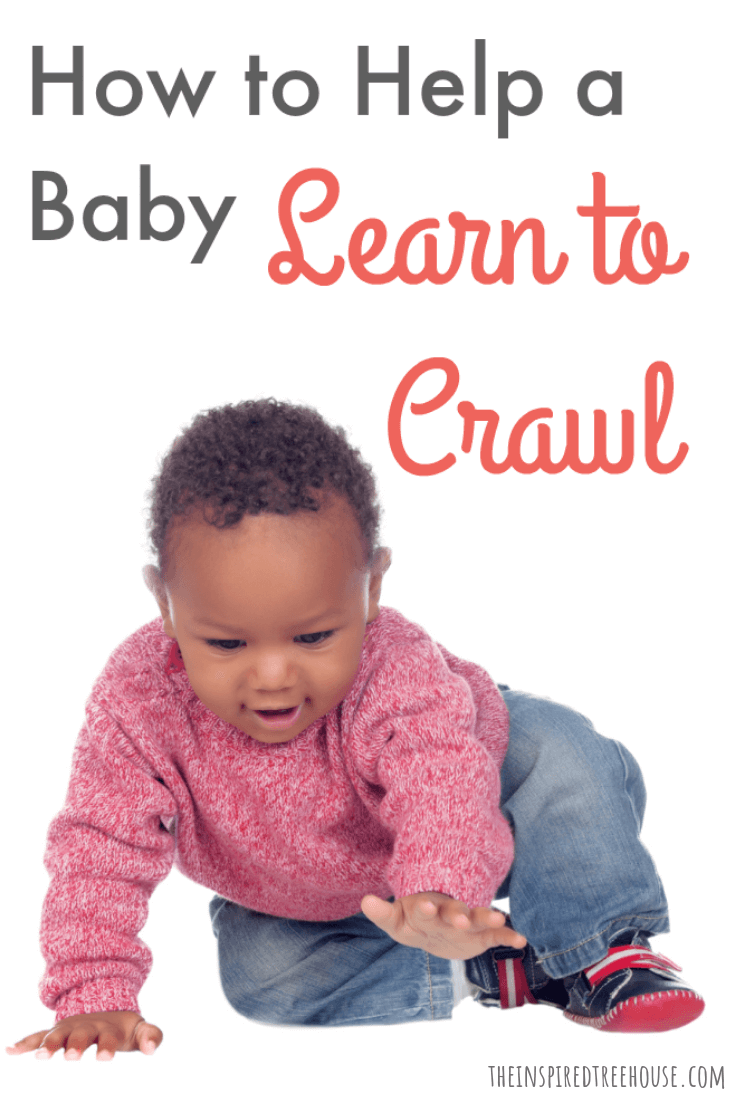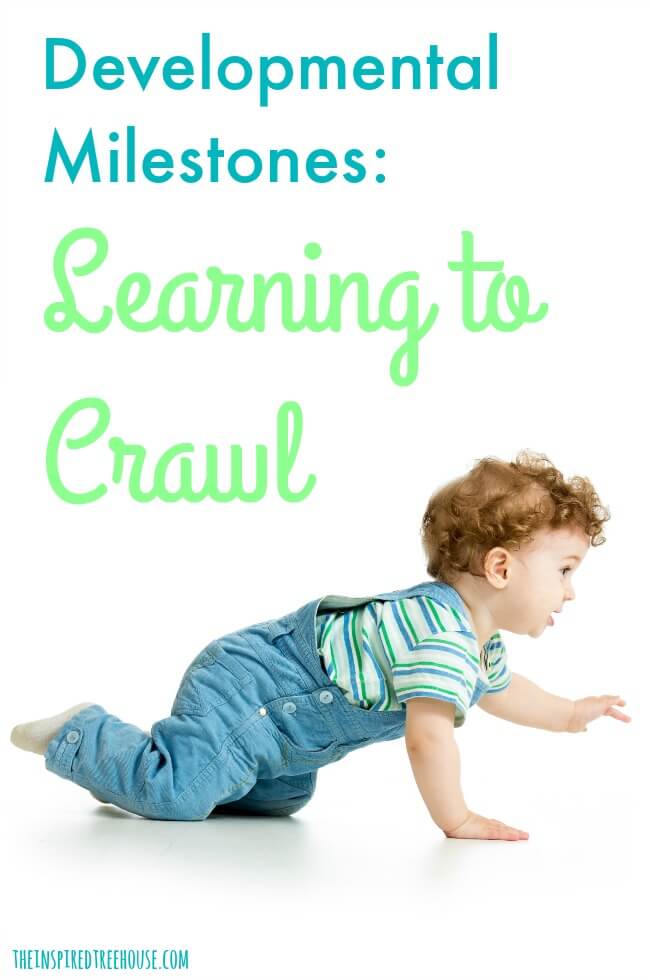Play using both hands. From this position she can push off with her knees to move forwards and backwards.
 How To Help A Baby Crawl Creative Crawling Patterns We See In Therapy The Inspired Treehouse
How To Help A Baby Crawl Creative Crawling Patterns We See In Therapy The Inspired Treehouse
Physical development by 12 months.

Physical movements of a crawling baby. With a little time and practice baby will discover that by digging in with his knees and pushing off he can. They are not easily forgotten in case they are not utilized for a certain period of time. Crawling is probably the first way your baby will get moving.
She may start by shuffling around on her tummy - also called the commando crawl. This is essential for gross and fine muscle development. Shell be scooting around your home in no time.
Bear crawling is crawling with their arms and legs straight rather than bent. That is to walk forward without circling left and right. Soon your baby will learn to balance on her hands and knees.
For many babies crawling is a skill thats usually mastered between 7 and 10 months. The key moments in baby development generally happen in the same order but when they happen might vary from child to child. Move from a sitting position onto her tummy and back again.
As babies figure out how to do that arm-leg-arm-leg crawling movement they sometimes go backward first and then learn how to crawl forward. From this position she can push off with her knees to move forwards and backwards. As your baby begins mastering crawling get them to do a bear crawl across the floor.
Crawl roll and pull to stand. This will help improve balance. Crawling will also give the baby sensory stimulation through his hands and knees as he weight bears through them.
This early locomotion may start as creeping pushing herself around on her stomach scooting crawling on one leg and dragging the other or a combination of rolling rocking and squirming. These skills are mostly developed during the early part of childhood. Since the track is straight your babys arms and legs will be given a purpose.
Baby skills also improve as while crawling babies try to snatch thingstoys which strengthen their hands and fingers muscles. It is a wonderful physical exercise for all babies. Crawling on All Fours When baby creeps they push up onto their hands and knees with their belly off the floor using the same arm and leg movements as with crawling.
It is typical for babies to progress from scooting backwards on their belly swimming where arms and legs are both moving up off the floor belly crawling armymilitary crawling and then reciprocally crawling on hands and knees. It builds up their skills by fortifying arms and legs muscles. Tries to crawl or can already crawl Pulls up to a standing position using furniture.
From 9-12 months your baby might. How Babies Learn to Crawl. Crawling stimulates the inner ear of the vestibular system whilst the baby moves forwards or backwards and moves his head.
When baby crawls they are alternating their right arm and left leg then left arm and right leg to move using both sides of their body equally. Baby Crawl starts with your hands and knees on the floor with your knees under the hips and your hands under the shoulders. Physical development by 18 months.
Uses a raking grasp swiping at objects with fingers open that progresses to a pincher grasp using the pointer finger and thumb over time Sees across a room well eyesight is approaching that of an adults Bangs toys together like blocks. You can also get them to do the bum shuffle across the floor on their bum cheeks. There is the traditional crawling method of moving forward but you should also get your child to crawl backward.
Their stomach remains on the floor. He may stand or creep across the floor. Can creep or crawl up stairs possibly walk draw lines on paper with crayon and will show growing physical independence.
Baby uses one foot and one knee instead of two knees Pelvis is shifted to one side and spine is curved to one side. Characteristics of asymmetrical baby crawling. By doing this crawl on your knees you will teach your body the contralateral movement opposite arm and opposite leg working together while making it easier on your muscles to stabilize and move.
Some babies belly scootcombat crawl some scoot on their bottoms using their hands to propel themselves forward some babies bear crawl on hands and feet and still others crab crawl with one knee down in crawling position and the other foot in a standing position on the floor. He can control his torso and hands sit without support crawl and has growing control of legs and feet. A babys first jump forward might actually be a scoot backward.
She may start by shuffling around on her tummy also called the commando crawl. Soon after your baby will learn to balance on her hands and knees. Your baby develops increased strength around their hips and begins moving their weight onto one side of the body allowing the other leg to bend up.
This works different muscles encourages more head and neck movement and gets them to move their legs in different patterns. These are usually used to crawl jump sit walk and almost all major body movements. Sit by herself and reach for toys without falling.
Crawling is probably the first way your baby will get moving. Often the first movement on a babys tummy is creeping also known as commando crawlingthis is moving with their tummies still on the floor. The crawling track should be wide enough for your baby to crawl through but also narrow enough so that he will be able to push off the sides with his feet hence making movement easier.
What happened was that their child went through a progression of positions that included rolling crawling sitting standing and walking without any help whatsoever. Crawling is good for babies in many ways. They laid her carefully on her back on the floor at certain times of each day and let her move and play freely without interference or interruption for as long as she wanted.